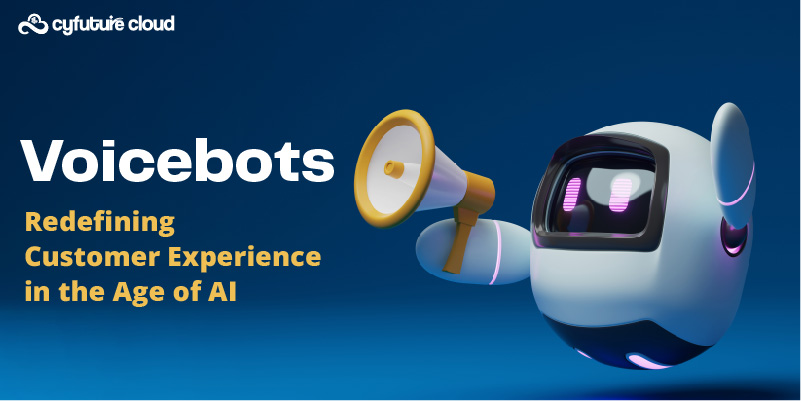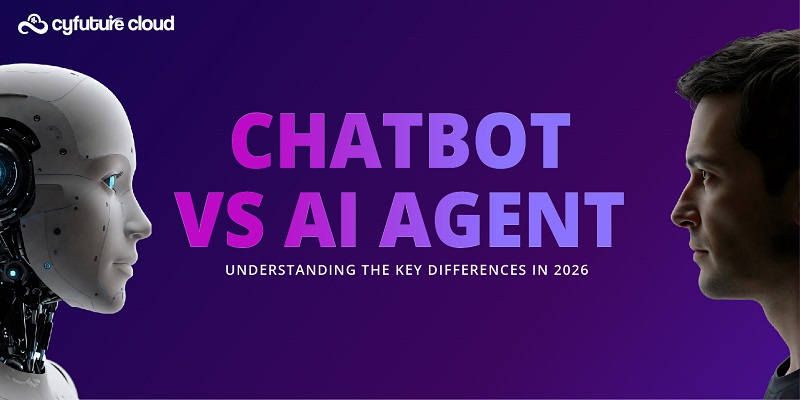Table of Contents
The Metaverse is now a trendy topic. Users may interact, play games, and construct items in the Metaverse, a virtual reality environment, much as they would in the real world. To engage users with virtual avatars and 3D digital things.
Two of the most well-known 21st-century technologies are the Metaverse and artificial intelligence. Each one has the potential to advance many industries, enhance numerous facets of people’s lives, and increase numerous corporate operations’ performance.
The Metaverse will create this virtual setting using blockchain technology, augmented reality, and virtual reality. Meta has received high accolades for their work in algorithms and artificial intelligence on platforms like Instagram and others.
The employment of AI and the Metaverse may be advantageous in various industries, including healthcare, gaming, administration, marketing, and education. Typically, these technologies are viewed independently without considering their interaction and potential for cooperation.
In this blog, we covered the connection between AI and the Metaverse. Also, some of its potential uses in many industries. Before discussing AI’s function in the Metaverse, it is necessary to first define both the term and the use of AI.
So, let’s start by defining both terms.
What Is the Metaverse?
The term “metaverse” refers to a potential future structure for the internet. With the help of augmented reality (AR), virtual reality (VR), and related technologies, users may access information in an immersive, 3D online environment represented by personalized avatars.
To access the Metaverse, users blend the physical and digital instead of connecting to the internet through their displays. In various 3D virtual settings, individuals can interact socially, play cooperatively, and work together in the Metaverse.
What is Artificial Intelligence (AI)?
AI is the process of programming computers to make judgements on their own. There are various techniques to do this, but machine learning is the most popular.
Artificial intelligence, called machine learning (ML), enables computers to learn from data without being explicitly programmed. The computer searches for patterns in the data given to do this through trial and error.
Artificial neural networks are used in deep learning, a more sophisticated type of machine learning, to learn from data. Neural networks can learn tasks like image recognition and natural language processing because they are modelled after how the human brain functions.
Artificial intelligence (AI) is a broad phrase that refers to a group of technologies that use computers to simulate human intellect in completing complex activities, including problem-solving, decision-making, and learning.
In the last 10 years, AI has grown significantly, and it is now permeating many facets of our daily life. Many of us have engaged with voice assistants like Siri and Alexa and chatbots for customer service.
Key Aspects For a Metaverse Integration Service:
| Aspect | Description |
|---|---|
| Service Name | [Name of the Metaverse Integration Service] |
| Supported Platforms | [List of compatible virtual worlds, metaverse environments, or platforms] |
| Integration Features | [Details about specific features enabling interaction and data exchange] |
| APIs | [APIs offered for seamless integration with other services or applications] |
| Interoperability | [Information about how well the service interacts with various metaverse systems] |
| Security Measures | [Overview of security protocols and measures implemented for user safety] |
| Data Exchange | [Methods or standards used for exchanging data within the metaverse] |
| Pricing | [Details on pricing models, subscription plans, or payment structures] |
| Customer Support | [Availability and support channels provided for users] |
How is the Metaverse using AI?
1. Avatars
Avatars are among the most intriguing and often discussed Metaverse ideas. People are imaginative, and they enjoy the idea of creating a virtual version of themselves. They can alter their hair colour and attire to suit their tastes.
AI can evaluate 2D user pictures or 3D scans to produce incredibly accurate and lifelike avatars.
2. Digital Humans
Digital Humans can see and hear users and understand what they are saying. Additionally, they can mimic human speech and body language in discussions and relationships.
Digital characters in the Metaverse are 3D chatbots that might react to your activities in a virtual reality environment. An automated script or rules define their replies and actions in a virtual environment or game. They are non-playing characters (NPCs) instead of characters controlled by users or players.
Digital people, a crucial component of the Metaverse’s structure, are entirely created utilizing AI technology.
3. Language Processing
Users from all around the world will benefit from interaction in the Metaverse. AI will enable you to engage freely with the Metaverse.
Artificial intelligence (AI) can decipher and transform natural languages like English into a machine-readable format. After analysis, an output (or solution) is produced, translated into English, and sent to the user. The process is swift, giving the impression of being there.
Depending on the AI’s training, we may assume it has been read in most languages, making it accessible to all users.
4. Learning the Data
We know that learning data is an essential element of machine learning and artificial intelligence. When a model is given historical data, it picks up on the preceding model’s outputs and uses them to suggest new outputs.
The results improve steadily over time as additional data and human input are added to the model. The likelihood that AI will one day be able to carry out activities and produce results that are accurate in the same manner humans can is increasing as a result. This reduces the need for human involvement while increasing the Metaverse’s capacity for expansion.
5. AIOps
AIOps, a branch of AI, use machine learning to help businesses manage their IT infrastructure. AIOps may be used to forecast and stop outages, spot issues right away, and manage resources. The Metaverse must run on a stable, always active, scalable infrastructure. As a result, AIOps may aid in better resource management and ongoing system maintenance.
For instance, if a business is utilizing the Metaverse more and more, AIOps might assist in identifying the issue and resolving it before it worsens.
6. AI bots
Chatbots using AI are becoming more and more common in enterprises. AI bots may be used in the Metaverse for various tasks, including marketing, customer support, and sales. It may aid users in navigating the Metaverse, collecting orders, offering details on products and services, responding to client queries, and even carrying out transactions on their behalf.
For example, a customer may ask a chatbot where they can find a specific product. The bot would then send the consumer to the appropriate place in the Metaverse.
Challenges of AI use in the Metaverse
The integration of AI within the Metaverse brings about several challenges that need to be addressed. Here are some key challenges:
1. Data Privacy and Security
To deliver individualised experiences in the Metaverse, AI significantly relies on data, including user behaviour and preferences. This, however, raises questions about the security and privacy of personal data. To avoid unauthorised access or data misuse, it is vital to protect user data and make sure that adequate security measures are in place.
2. Ethical Considerations
As AI algorithms make decisions and interact with users in the Metaverse, it becomes essential to address ethical concerns. Issues such as algorithmic bias, fairness, transparency, and accountability need to be carefully managed to avoid discrimination or unethical practices.
3. Trust and User Acceptance
Trust is a critical factor for the widespread adoption of AI in the Metaverse. Users need to have confidence in the AI systems they interact with. Overcoming skepticism, building transparent AI models, and ensuring accurate and reliable performance are necessary to gain user acceptance.
4. Real-Time Adaptability
The Metaverse is a dynamic and ever-changing environment. AI systems must quickly adapt to new scenarios, user preferences, and evolving content. Developing AI algorithms that can effectively learn and adapt in real-time becomes challenging due to the complexity and scale of the Metaverse.
5. Content Creation and Curation
Generating high-quality content and ensuring its relevance and accuracy within the Metaverse is a challenge. AI can assist in content creation, but ensuring the creation of diverse, engaging, and contextually appropriate content remains a challenge. Curation mechanisms are required to filter and deliver content that aligns with user preferences and interests.
6. Interoperability and Standards
The Metaverse is likely to be composed of multiple platforms, applications, and virtual worlds. Ensuring interoperability and standardization among different AI systems and platforms becomes crucial to enable seamless interactions and experiences across the Metaverse.
7. Training and Bias Mitigation
AI algorithms require extensive training to perform effectively in the Metaverse. Collecting training data that represents the diversity of users and their preferences can be challenging and may introduce biases. Efforts must be made to mitigate biases and ensure fair and inclusive AI models.
8. Regulatory and Legal Frameworks
The integration of AI in the Metaverse brings about complex legal and regulatory challenges. In the context of AI-driven interactions and experiences, policies must be devised to handle challenges relating to data protection, intellectual property rights, responsibility, and accountability.
A multidisciplinary strategy combining AI researchers, developers, politicians, and ethicists is necessary to address these issues. To get over these obstacles and maximise the use of AI in the Metaverse, cooperation and constant innovation are required.
Conclusion
The metaverse is a platform that has the capacity to change the trajectory of human history. It is a platform that enables electronic communication between users and has the potential to significantly change how we work, learn, and have fun.
AI can help the metaverse realise its promise by creating lifelike avatars, creating innovative digital products and services, and facilitating distant work and collaboration.
Businesses should embrace the metaverse as a centre for invention and creativity, and they should employ AI to create new products and services that will increase customer happiness and provide them a competitive advantage.
The metaverse is a virtual universe that has the capacity to change how we live. This can become a reality with the help of AI, which will transform how we work.
What are your thoughts on the metaverse? Reach out to Cyfuture Cloud to get started to explore the possibilities of this new technology?
Recent Post
Send this to a friend

 Server
Colocation
Server
Colocation CDN
Network
CDN
Network Linux
Cloud Hosting
Linux
Cloud Hosting Kubernetes
Kubernetes Pricing
Calculator
Pricing
Calculator
 Power
Power
 Utilities
Utilities VMware
Private Cloud
VMware
Private Cloud VMware
on AWS
VMware
on AWS VMware
on Azure
VMware
on Azure Service
Level Agreement
Service
Level Agreement 



















